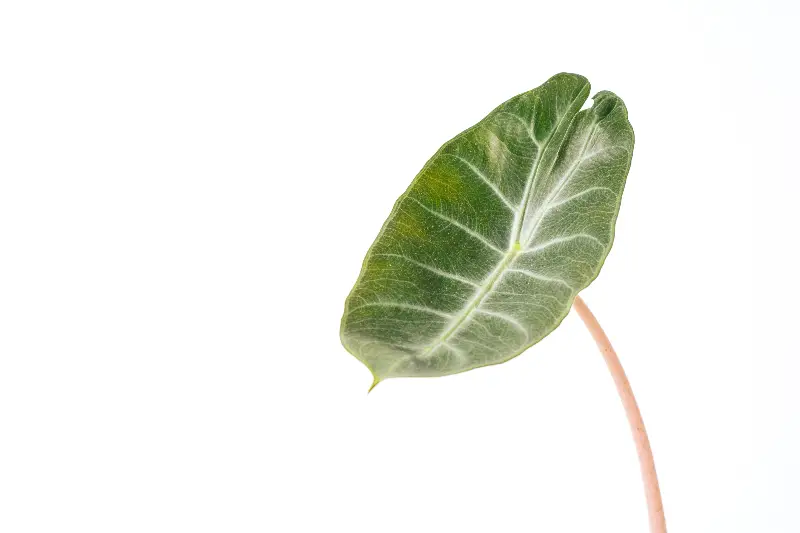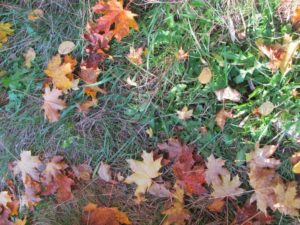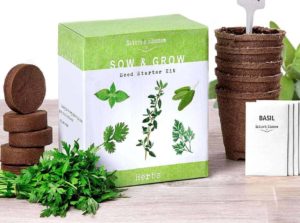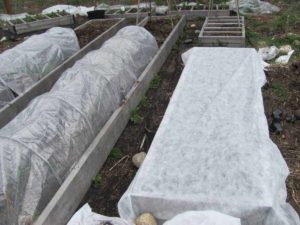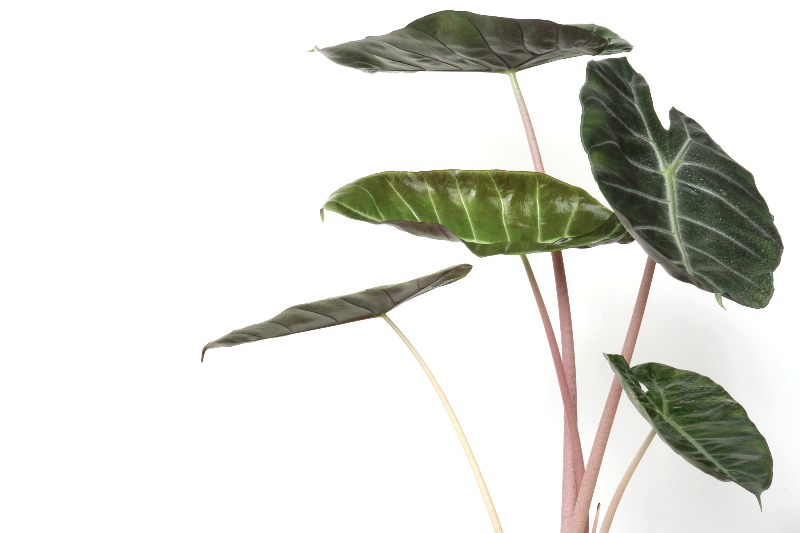 Alocasia Pink Dragon is a beautiful tropical plant grown at home by plant lovers. With its striking visual foliage display, the Alocasia Pink Dragon plant will become a great addition to any home, adding a bring spot to the interior. This plant is easy to take care of and grow, as well as suitable for even a novice owner due to minimal care requirements.
Alocasia Pink Dragon is a beautiful tropical plant grown at home by plant lovers. With its striking visual foliage display, the Alocasia Pink Dragon plant will become a great addition to any home, adding a bring spot to the interior. This plant is easy to take care of and grow, as well as suitable for even a novice owner due to minimal care requirements.
What Is Alocasia Pink Dragon: Origin and Description
Pink Dragon Alocasia’s natural habitat is represented by the tropical environment of countries in Southeast Asia, like the Philippines, as well as Australia. The Alocasia Pink Dragon (Alocasia Calidora) plant belongs to the large Araceae family, the Alocasia genus which consists of over 70 plant varieties.
Alocasia Pink Dragon plants are tropical plants that have a recognizable appearance. Pink Dragon Alocasia is an evergreen perennial cultivar with dark green arrow-shaped leaves, pink stems, and deep veins, reminiscent of a dragon’s scale, hence giving the plant its name. The Alocasia pink dragon plant is relatively large, as it can grow up to 4 feet tall if taken care of properly.
Alocasia Pink Dragon is also known under different names such as Alocasia Baginda Pink Dragon, Alocasia Morocco, and Elephant Ears Pink Dragon.
Features of Pink Dragon Alocasia
Alocasia Pink Dragon is a stunning plant with rich evergreen foliage. Pink Dragon Alocasia has distinctly shaped leaves with sharp arrow-like edges and an elaborate pattern outlined by the plant’s dark-green deep veins. The underside of the leaves of the Alocasia Pink Dragon may be a variety of beautiful burgundy shades. This tropical plant also has bright pink petals and pink stems, also giving Alocasia pink dragon its name.
A fully mature Pink Dragon Alocasia may grow as tall as 4 feet in height or larger and will show resilience in a range of growing conditions. The leaves of a mature Pink Dragon Alocasia may grow up to 20 inches large.
|
Names |
Alocasia Pink Dragon, Alocasia Baginda Pink Dragon, Elephant Ears Pink Dragon, Alocasia Morocco |
|
Scientific name |
Alocasia Calidora |
|
Origin |
Philippines, Australia |
|
Size |
Up to 4 inches tall |
|
Colors |
Dark green leaves, pink stem and petioles |
|
Growth rate |
Medium |
|
Soil |
Well-draining soil |
|
Water |
Soil consistently moist |
|
Temperature |
65-85°F |
|
Light |
Full shade/partial shade |
|
Level |
Beginner/Intermediate |
How to Identify an Alocasia Pink Dragon
There are over 70 species of the Alocasia genus, which is why this tropical plant is often getting confused with other similar plants from its genus and subfamily. Alocasia Pink Dragon is most commonly confused with Alocasia Ivory Coast and Alocasia Morocco.
Alocasia Ivory Coast is confused with Alocasia Pink Dragon the most because it’s the most similar plant to it in the genus. However, some of the key differences to help distinguish between Alocasia Ivory Coast and Alocasia Pink Dragon are the color of the plant’s leaves and stems.
Alocasia Ivory Coast is a variety that is confused with Alocasia Pink Dragon the most because of the two plants’ visual similarities. To tell these two plants apart, look at the shade of the leaves because the Alocasia Ivory Coast plant tends to have leaves of lighter green shade with a silvery hue. The veins of the Alocasia Ivory Coast are also less defined in comparison to Alocasia Pink Dragon. Even though both plant varieties may have pink stems, the Alocasia Pink Dragon plants have the underside with burgundy shades on its leaves while the Alocasia Ivory Coast do not.
Alocasia Pink Dragon Care
Alocasia Pink Dragon is a hardy plant that requires minimum care and is suitable for a beginner plant owner. The Alocasia Pink Dragon plants grow in the conditions of indirect bright light, warm temperatures, well draining soil, and regular waterings.
Light
It’s best to place the Alocasia Pink Dragon plant in a nicely lit room because these plants are native to the sunny and hot regions of Southeast Asia. Pink Dragon Alocasia plants enjoy bright light, but exposing them to direct sunlight is not recommended, as the plants may receive sunburn and dry out easily.
Alocasia plants thrive in full or partial shade and enjoy bright indirect sunlight, so the best place for these plants in the room is not further than three feet from the window, but not on the windowsill. Another good idea is to place the Alocasia plant under fluorescent light in a well-lit room.
Water
Alocasia Pink Dragon is also water loving plants. These plants can be watered regularly and generously. However, watering requirements vary depending on the season of the year. For example, during the winter months, the Pink Dragon Alocasia can be watered once a week. It’s important to allow the soil dry completely before watering the plant, which can be checked by feeling the soil with fingers and checking that the top inch is completely dry.
During spring and summer seasons, Alocasia Pink Dragon plants can be watered more frequently, two to three times per week, ensuring consistently moist soil. When watering the plant, make sure to drain the excess water through drainage holes in the pot to prevent the roots rotting.
Temperature
Alocasia Pink Dragon is a plant that needs a warm environment to thrive, mimicking its natural habitat conditions. The best temperature range for an Alocasia Pink Dragon plant is between 65°F and 85°F. During winter seasons, it’s important to ensure that the plant is warm enough and is not affected by drafts from the windows. Changes in temperature can cause the plant to wither and lose its colors.
Humidity
The Pink Dragon Alocasia plants also prefer high humidity, similar to the conditions of their natural habitat. These plants benefit from regular mistings or humidifiers placed next to them. The perfect humidity level for Alocasia Pink Dragon is between 60% and 70%. However, make sure that there is enough air circulation in the room to avoid rotting of the plant.
Soil
The best soil for Pink Dragon Alocasia is a soil that is well-draining and loose. In their natural habitat, these plants are used to porous soils which can be created at home by mixing regular soil, peat moss, and perlite.
To keep the soil consistently moist, make sure to water the plants regularly according to the instructions for each given season but make sure to not overwater it. If the roots of the plant don’t have enough air in the soil, Alocasia Pink Dragon can wither very quickly,
Fertilizer
Alocasia Pink Dragon does not require regular fertilizing, but can benefit from feeding during its growing season. The main growing time for Pink Dragon Alocasia are spring and summer seasons, which is when the plant should be fertilized to ensure balanced growth. It’s best to start fertilizing the plant in early spring and stop in late summer.
Adding compost to the soil mix is one of the acceptable ways to fertilize Alocasia Pink Dragon. Gently mix the compost with the top layer of the soil without disturbing the plant and its roots. Or, find a mild organic houseplant fertilizer, which can be applied once every two weeks through the spring and summer seasons for faster growth of the Alocasia Pink Dragon.
Pests
The Alocasia Pink Dragon plant is not very resistant to pests or infections. That is why it’s so important for the owner to closely watch the plant to notice any unusual signs, like irregular leaf sports, or the presence of pests, like spider mites or mealybugs.
The best way to prevent pests from destroying the plant is to maintain a high level of plant hygiene by wiping the dust from the leaves and removing excess moisture from the pot, as well as remove dead leaves and stems to make the plant’s growth easier. If there are any signs of plant illness, make sure to spray it with the appropriate fungicide or insecticide solutions. In addition, when noticing unusual signs of disease, isolate Alocasia Pink Dragon from other plants.
Grooming and Pruning
The grooming of the Alocasia Pink Dragon is a necessary process to maintain the health of the plant. To keep the plant clean, make sure to mist the Alocasia Pink Dragon with clean distilled water to remove the dust and keep away the bugs, like spider mites. Pruning is not necessary for the Alocasia Pink Dragon plant.
Pink Dragon Plant Toxicity
Alocasia Pink Dragon is extremely toxic to humans and animals and should never be consumed. All parts of the plant contain calcium oxalate crystals that can cause severe damage to health. If ingested, Alocasia Pink Dragon can cause intense irritation to lips and throat, as well as cause nausea, vomiting, and swelling. If a part of Alocasia has been swallowed, make sure to rinse the mouth with water, as well as drink a lot of liquid to stay hydrated in case of vomiting symptoms.
Pink Dragon Alocasia can be very dangerous to pets, so it’s vital to keep the plant away from dogs or cats to prevent health problems. If your pet has chewed on the Pink Dragon plant, take them to the vet immediately.
Pink Stem Alocasia Guttation
Alocasia Pink Dragon can sometimes display signs of the process known as guttation. During guttation, the plant releases drops of moisture that remain visible on the surface of its leaves. Guttation is normal for plants like Alocasia that require a lot of water. The plants eliminate excess water during the night to regulate the amount of moisture it requires which is a normal process for a healthy plant.
However, if guttation takes place together with other symptoms, such as withering of the leaves or changing color, it could be best to reduce the frequency of watering or the amount of water given to the plant.
Pink Stem Alocasia Propagation
Alocasia Pink Dragon is normally propagated during the spring and summer seasons. In order to properly propagate Alocasia Pink Dragon, choose a mature plant to cut rhizomes from. Then, remove the plant from the pot and look for the “clumps” in its roots and separate the rhizomes for re-potting.
Place the parent plant into its original soil and plant the rhizomes that have been separated into new pots. It’s important to make sure that new Alocasia Pink Dragon plants grow upright, which can be achieved by pressing the soil into the pot.
In the first few weeks, make sure to frequently water and fertilize the new Alocasia Pink Dragon plants closely watching that the room conditions are appropriate.
Alocasia Pink Dragon Re-potting
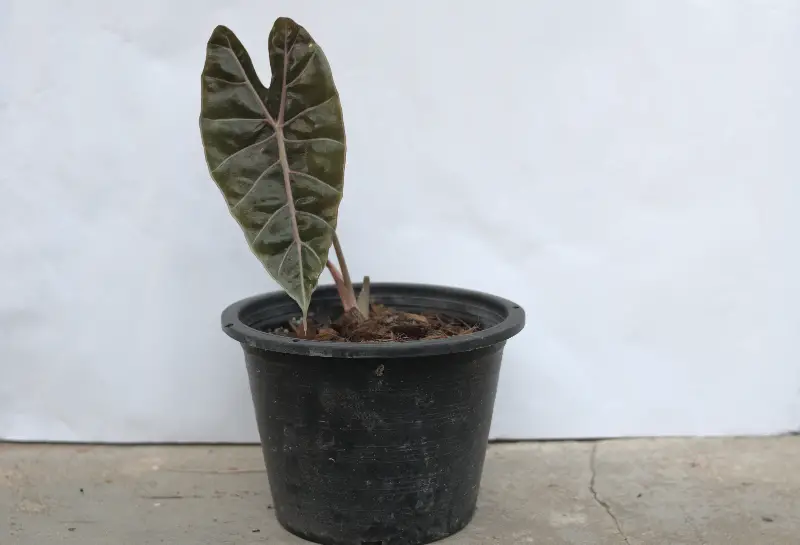 Alocasia Pink Dragon should be re-potted once every one or two years once the plant is mature. Because the plant does not grow too fast during its life, re-potting it is quite easy. When re-potting, move the plant into a larger pot. The best time to re-pot the Pink Dragon plant is during its growing season, which means in spring or summer.
Alocasia Pink Dragon should be re-potted once every one or two years once the plant is mature. Because the plant does not grow too fast during its life, re-potting it is quite easy. When re-potting, move the plant into a larger pot. The best time to re-pot the Pink Dragon plant is during its growing season, which means in spring or summer.
Conclusion
The Alocasia Pink Dragon plant is a striking tropical plant that is easy to care for and that will suit even a beginner owner. These plants are easily recognized by their bright green foliage and pink stems, making a great addition to any interior. Alocasia Pink Dragon plants are water loving plants that need well-draining soil and high humidity levels, but have minimal demands when it comes to fertilizing, pruning, and grooming.
FAQs About Alocasia Pink Dragon
The following section answers some of the most common questions about Alocasia Pink Dragon.
Are Alocasia Pink Princess and Pink Dragon the Same?
Alocasia Pink Dragon and Alocasia Pink Princess are the names of the same variety of plant. They both refer to the same variety of Alocasia, referred to in this article as Pink Dragon Alocasia.
Does Alocasia Pink Dragon Flower?
The Alocasia Pink Dragon plant is valued by the plant growers, mainly for its green foliage. However, the Pink Dragon plant does grow some small spathe-like flowers in its growing season. The flowers don’t stand out a lot and are often cut off by the plant owners.
What Is Alocasia Worth?
Alocasia Pink Dragon is an inexpensive plant that can be purchased for $5–$20 dollars for a bulb. A mature Pink Dragon plant can be found in stores for the price of $15–$30.
Why Is my Alocasia Pink Dragon Dying?
Though Pink Dragon Alocasia is a hardy plant that doesn’t require too much attention from the grower, sometimes it can suffer from poor conditions, like too much or too little water, poor-quality air, low temperatures, or a disease. Brown spots and yellow color in the leaves of a Pink Dragon Alocasia may signify overwatering, while leaves that begin drooping may mean that the plant doesn’t get enough moisture. When the leaves of the plant are turning brown, this might mean that the Pink Dragon is getting too much light.

